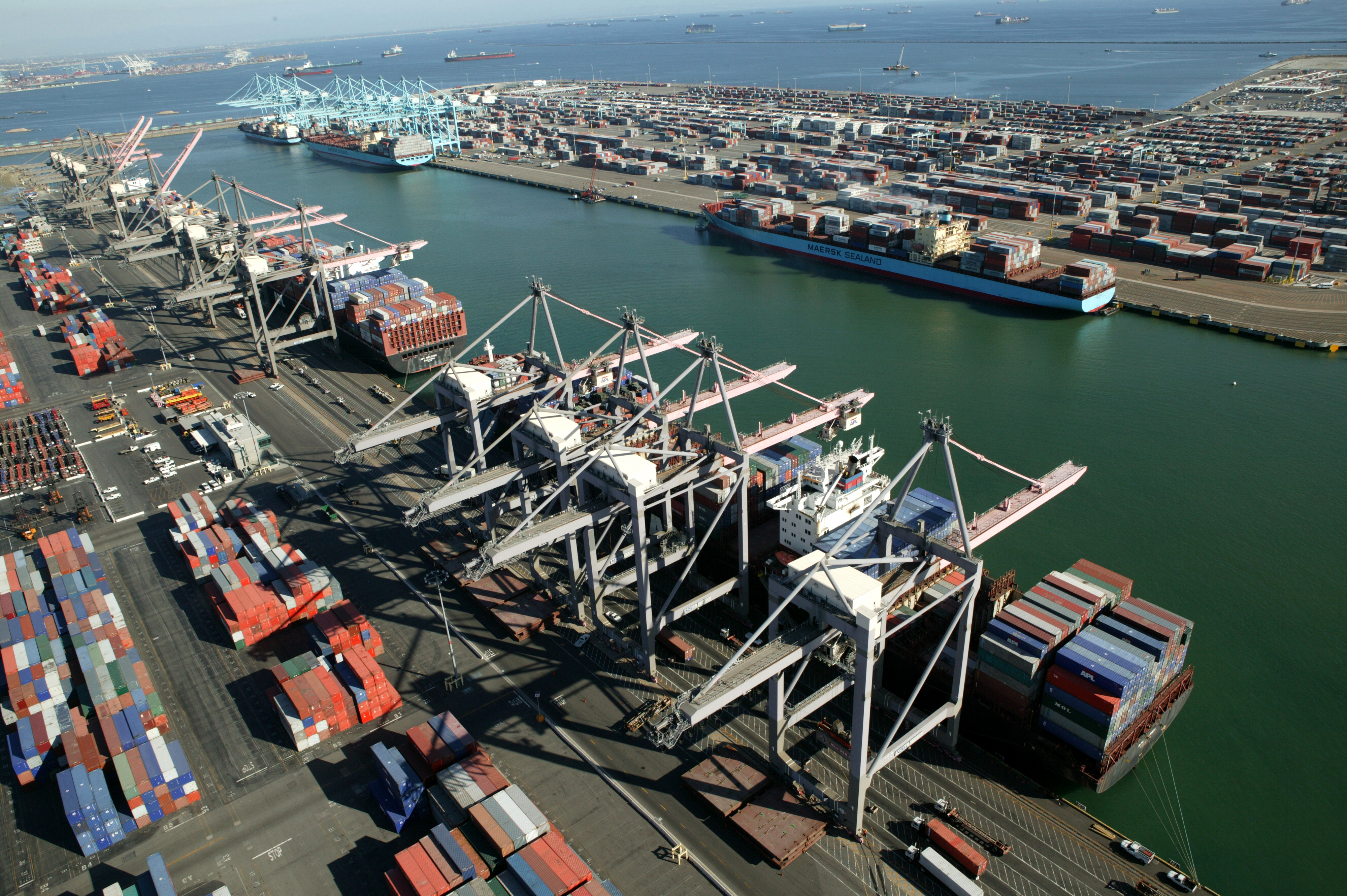Shipping and Logistics

Mid-May Logistics Round-Up
Written by Sandy Williams
May 13, 2015
MID-SHIP continues to report concerns over weak demand in the dry cargo market coupled with over-supply of ships. The drop in shipping to and from China has pushed freight rates to their lowest levels since the mid 1980s according to the May 12 MID-SHIP Report.
The Baltic Dry Index (BDI) was at a low of 509 on February 18, 2015 and posted 589 as of May 12, 2015. The BDI, which tracks dry-bulk rates based on vessel size and shipping route and is a used as a benchmark for overall trade volume, is down 40.02 percent from a year ago.
“The transition from investment to consumption in the Chinese economy, together with a shift towards cleaner energy sources, has caused a sharp deceleration in dry bulk trade,” said Goldman Sachs. “After expanding at an average annual rate of 7% over the period 2005-14, seaborne demand in iron ore, thermal and metallurgical coal is set to increase by only 2% in 2015 to 2.5 billion tonnes as these trends persist.”
Freight rates are expected to remain weak for a decade or more, says Goldman Sachs, until demand for freight increases and the capacity of the vessel fleet diminishes to corresponding levels. Demolition of dry-bulk vessels is reaching record numbers, according to BIMCO, the world’s largest international shipping association. Despite low prices for scrap, 52 Capesize vessels (8.7 million dead weight tons (DWT)) have been sold for demolition since the beginning of 2015—more than double the total for 2014. Scrapping of Panamax, Handymax and Handysize vessels has also increased significantly.
Chief Shipping Analyst at BIMCO, Peter Sand said, “The high amount of Capesize demolition will benefit the segment. Although increasing scrapping was expected the actual development exceeded BIMCOs expectations. This could have a positive impact on the market.”
West Coast ports have aggressively been working through container backlogs and expect to return to normal levels by the end of May. Normal is being qualified, however, as the “new normal,” as ports from Los Angeles to New Jersey contend with higher container volumes and larger vessels. The expansion of the Panama Canal will exacerbate the problem as ships carrying as many as 13,000 containers (compared to the 5000 currently) dock at East Coast ports. More chassis, larger cranes and logistics support in terms of rail and trucking will be necessary to handle the influx of imports into the U.S.
River conditions are near normal this past week for barge traffic. Barge demand continues to be strong with barge rates trading near 273 percent of tariff from St. Louis to NOLA during the week ending May 5, 2015. Lock closures on several rivers will cause delays this summer, the most notable at the Gulf Intracoastal Waterway West – Bayou Sorrel Lock. The two month closure beginning July 15 will cause extensive delays on traffic moving between the Mississippi River and points on the Gulf Intracoastal Waterway East, as barges are detoured through Algiers Lock at New Orleans.
North American freight shipments jumped 4.2 percent in April from March but were down 2.5 percent from year ago volumes, according to the Cass Freight Index Report.
The Association of American Railroads reports that rail traffic for the week ending May 9, 2016 was down 2.3 percent for carloads and intermodal units compared to the same week in 2014. Carloads were down 7.9 percent y/y at while intermodal containers and trailers were up 3.8 percent. Shipments of metallic ore and metals were down 12.1 percent to 23, 572 carloads.
DAT Trends reports load volumes for flatbed rose 23 percent in April while capacity dropped 5.2 percent compared to March. For the month the load-to-truck ratio increased 30 percent. For the week of May 3-9, the load-to truck ratio dropped to 20.6 loads per truck from 20.8 the previous week. Load-to-truck ratios represent the number of loads posted for every truck posted on DAT Load Boards. The load-to-truck ratio is a sensitive, real-time indicator of the balance between spot market demand and capacity. Changes in the ratio often signal impending changes in rates.
Flatbed rates were up 1 cent per mile in the first week of May. As of May 11, 2015 the average U.S. diesel price was $2.878/gallon.
The American Trucking Association is looking for a short-term patch for the Highway Trust Fund until a long-term highway bill can be passed.
“The trucking industry moves nearly 70% of our nation’s freight tonnage and pays for nearly half of the Highway Trust Fund, so we have a lot of skin in this game,” said ATA President and CEO Bill Graves.
ATA supports increasing federal fuel taxes to fund highway projects. The industry pays about $16.5 billion in federal highway user fees annually but Graves said the industry is “willing to pay more at the pump to help Congress get a long-term solution for our infrastructure across the finish line in 2015.
And last but not least, no more ice on the Great Lakes! Well almost—just 1.2 percent.

Sandy Williams
Read more from Sandy WilliamsLatest in Shipping and Logistics

Reibus: Flatbed rates up slightly but uncertainty ahead
With construction seasonally soft, the flatbed market remains softer than the other main trailer types.

US-flagged ore shipments on Great Lakes down in 2024
The Lake Carriers’ Association reported a 4.5% y/y decline in December’s ore shipments of 4.6 million short tons.

ILA, port operators reach tentative deal to avoid strike
Both sides had agreed to extend the current contract to Jan. 15 to continue talks

Wittbecker: Challenges ahead for container freight in 2025
In 2024, volatility with a capital “V” has been the rule. That will remain high heading into 2025.

Reibus: November flatbed rates cool after October bump
Following the short-lived East Coast port labor strike in October, we now turn toward the Jan. 15 deadline to reach a long-term agreement.
